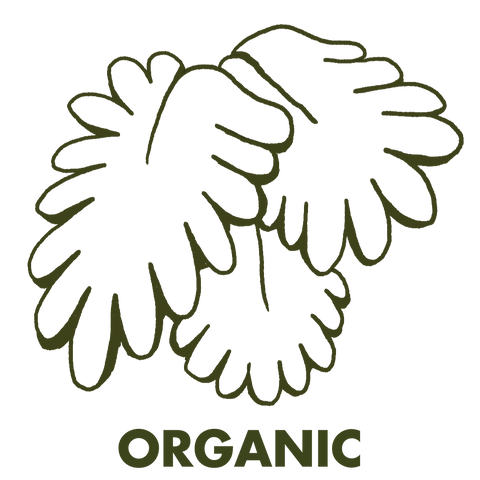
2023 Meyer-Fonné Pinot Blanc Vieilles Vignes





WINEMAKER: Félix Meyer
REGION: Alsace, FR
VARIETY: Pinot Blanc
VITICULTURE: Organic
DRY From 80 year old vines on Katzenthal's granite. Full, dry and with a bouquet of spring flowers and flavours from the orchard. Delicious, moreish and dry. One of our most popular wines of all and with good reason.
"Our vineyards are now mostly located on the hillsides, so the historic part of the Alsatian vineyards", says Félix. Only about 25% of the current holdings of 14 hectares of vines are located in the valley floor and are exclusively planted with either Pinot Blanc or Auxerrois. All the noble grape varieties, however, are cultivated in historic vineyards in the hillsides, which give predominantly dry and nervy, terroir-driven wines full of expression and mineral tension. There are no less than five Grand Cru vineyards—Kaefferkopf, Wineck-Schlossberg, Sporen, Furstentum and Schoenenbourg—that are organically farmed and cultivated and they all give deep, racy and firmly structured wines that intermix ripe fruit flavors and seductive textures with a vital and mineral backbone.
The winemaking is very traditional here, since most of the investments have been made in the low-yielding vineyards, with top old-vines parcels in the best sites, high density plantings and the vitalization of the soils. No synthetic fertilizers, herbicides or pesticides are used at all. The fermentation of the naturally cleared musts takes place with native yeasts in either stainless steel or traditional oak, and after racking, the wines are kept on the lees until May (Alsace AOC) and respectively September (single vineyards) before bottling.
